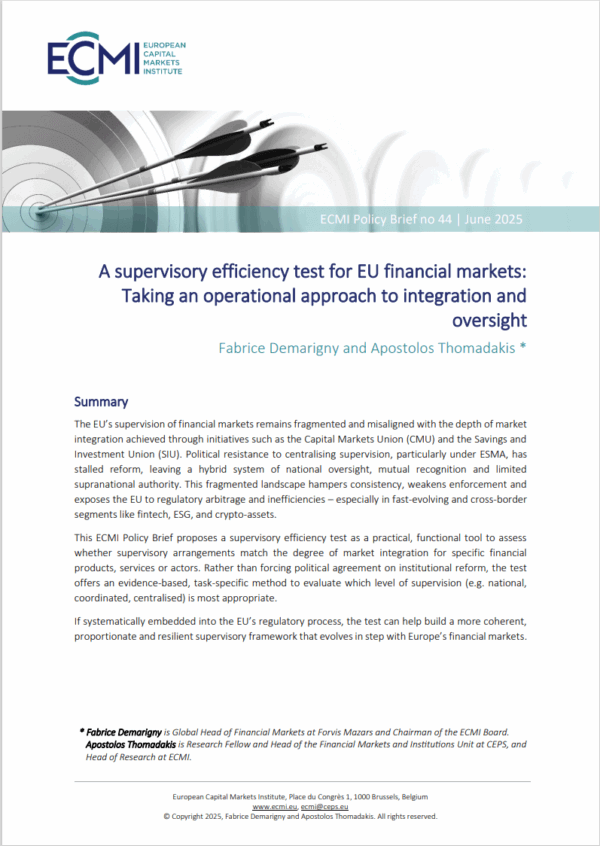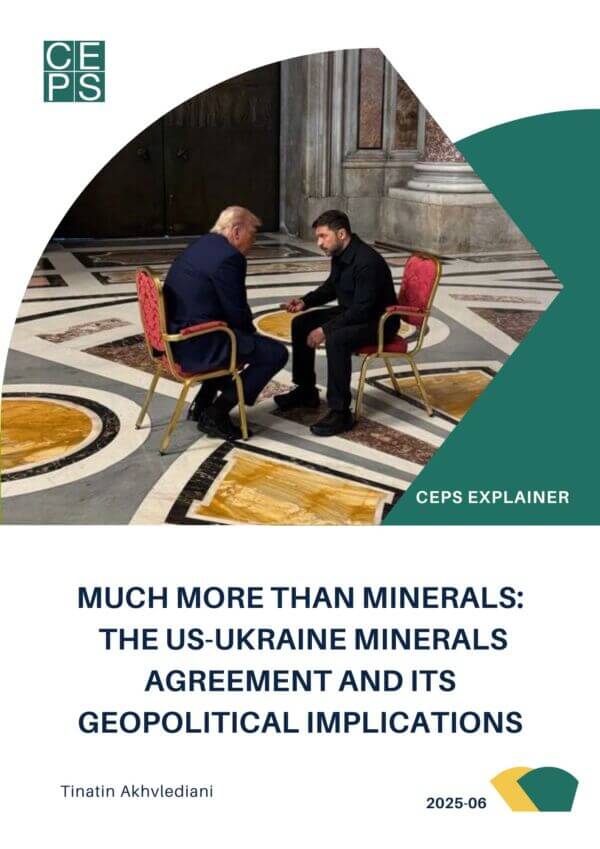This Policy Insight examines the new Pact on Migration and Asylum in light of the principles and commitments enshrined in the United Nations Global Compact on Refugees (UN GCR) and the EU Treaties. It finds that from a legal viewpoint the ‘Pact’ is not really a Pact at all, if understood as an agreement concluded between relevant EU institutional parties. Rather, it is the European Commission’s policy guide for the duration of the current 9th legislature.
The analysis shows that the Pact has intergovernmental aspects, in both name and fundamentals. It does not pursue a genuine Migration and Asylum Union. The Pact encourages an artificial need for consensus building or de facto unanimity among all EU member states’ governments in fields where the EU Treaties call for qualified majority voting (QMV) with the European Parliament as co-legislator. The Pact does not abolish the first irregular entry rule characterising the EU Dublin Regulation. It adopts a notion of interstate solidarity that leads to asymmetric responsibilities, where member states are given the flexibility to evade participating in the relocation of asylum seekers. The Pact also runs the risk of catapulting some contested member states practices’ and priorities about localisation, speed and de-territorialisation into EU policy.
This Policy Insight argues that the Pact’s priority of setting up an independent monitoring mechanism of border procedures’ compliance with fundamental rights is a welcome step towards the better safeguarding of the rule of law. The EU inter-institutional negotiations on the Pact’s initiatives should be timely and robust in enforcing member states’ obligations under the current EU legal standards relating to asylum and borders, namely the prevention of detention and expedited expulsions, and the effective access by all individuals to dignified treatment and effective remedies. Trust and legitimacy of EU asylum and migration policy can only follow if international (human rights and refugee protection) commitments and EU Treaty principles are put first.
 The ASILE project studies the interactions between emerging international protection systems and the United Nations Global Compact for Refugees (UN GCR), with particular focus on the European Union’s role. Adopting an interdisciplinary perspective, it examines the characteristics of international and country-specific asylum governance instruments and arrangements, and their compatibility with international and regional human rights and refugee laws.
The ASILE project studies the interactions between emerging international protection systems and the United Nations Global Compact for Refugees (UN GCR), with particular focus on the European Union’s role. Adopting an interdisciplinary perspective, it examines the characteristics of international and country-specific asylum governance instruments and arrangements, and their compatibility with international and regional human rights and refugee laws.
The ASILE project has received funding from the European Union’s Horizon 2020 research and innovation programme under grant agreement nº 870787. This document reflects only the author’s view and the Commission is not responsible for any use that may be made of the information it contains.














